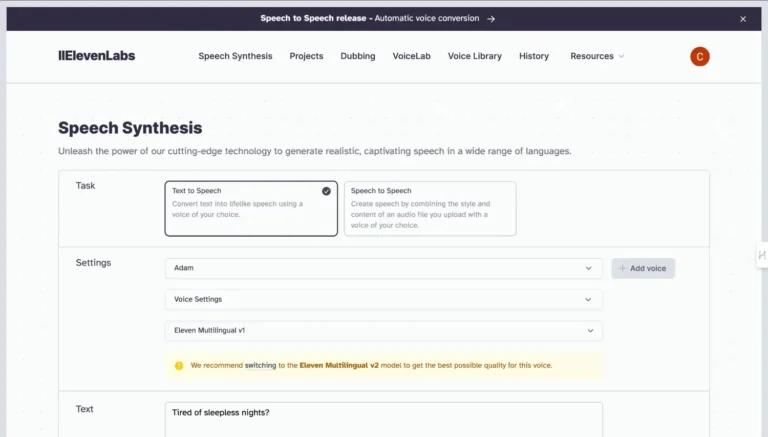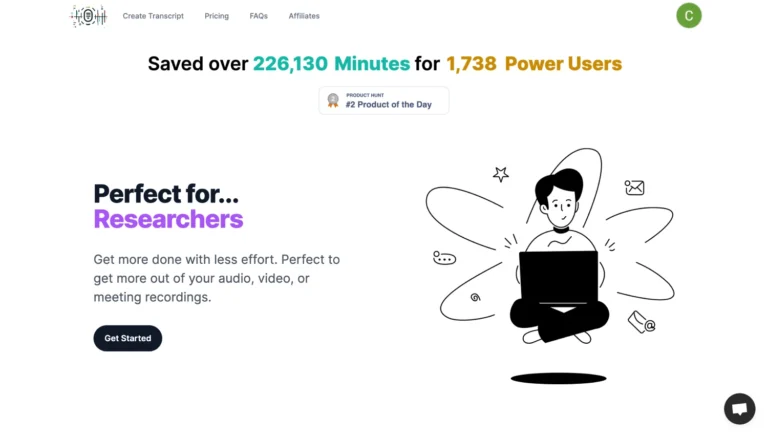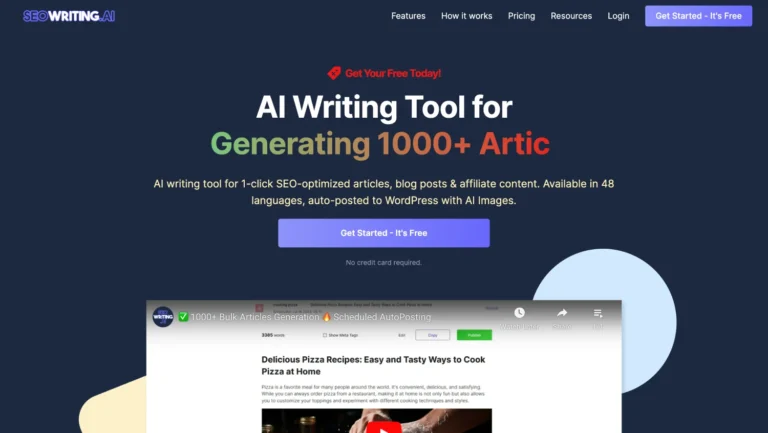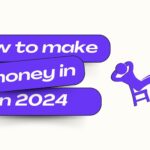Table of Contents
Firstly, let’s shine a light on some of these dilemmas, shall we? One of the major ethical considerations in AI development revolves around data privacy. Artificial intelligence algorithms often rely on vast amounts of data to learn and make predictions. However, accessing and using this data can lead to serious privacy concerns.
Data privacy, and its close relative data security, are at the heart of numerous ethical issues. AI systems are hungry data consumers; they feast upon both public and private information, learning, evolving, and making forecasts. As they do so, they blur the boundaries between public and private spheres – a delicate and ethically complex area.
Take, for instance, the AI applications in advertising. These technologies are designed to gather large amounts of information including users’ browsing histories, purchase behaviors, and personal demographics. They then use this information to target personalized ads. While it might improve user experience, it can raise ethical red flags about data privacy and consent.
Yet another ethical conundrum is the fairness and bias in AI. Although AI algorithms are often thought to be unbiased because they’re based on data and mathematics, they can actually perpetuate and even amplify existing biases. That’s because the data they’re trained on often has these biases built in.
Fairness isn’t a given in AI – it’s something we need to consciously build into these systems from the get-go.
To illustrate, let’s consider an AI system designed for recruitment by screening resumes and identifying the best candidates. If this system is trained on data from a company that has been historically biased – for instance, favoring men over women – the AI might learn and then reproduce this bias.
The role of Transparency and Explainability in AI Systems
When you hear about transparency and explainability in AI, what comes to mind? It’s about making sure that AI systems are clear and understandable to the people using them. But why is that so important?
Imagine you’re using an AI system and it makes a decision you didn’t expect. If you can’t figure out why it made that decision, how can you trust it? And if you can’t trust it, how can you use it to make critical decisions?
Transparency in AI refers to the openness about the data training, process, and decision-making methodology. It means revealing how AI systems make decisions – the logic behind their operations.
Think about it this way- if a student can see how a teacher arrives at the solution of a problem, they not only understand the solution but can replicate the process in their work. Similarly, with transparency in AI, it’s easier for end-users to trust the system since they know how it operates.
On the other hand, we have explainability. Explainability is the capacity of an AI system to describe its decision-making process in a way that’s easy to understand for humans. This concept goes hand in hand with transparency but dives a little deeper.
Using our previous analogy, if a teacher solves a problem but explains it in a sophisticated language that the student doesn’t comprehend, the process becomes useless for the learner. Similarly, AI needs to explain its operations in a way that users can easily understand.
Detailed below are a few reasons why transparency and explainability are critical in AI:
- Building trust: AI systems can appear complex and intimidating. But, when they are transparent and explainable, users can understand them better, leading to greater trust.
- Avoiding unintended bias: Transparency can help identify and eliminate any unintentional biases that might be influencing the AI’s decisions.
- Compliance and Regulation: Both transparency and explainability are often requirements in regulatory standards, particularly if the system is used in highly regulated industries like finance or healthcare.
So as we can see, these two aspects play a significant role in the ethical development of AI. By focusing on transparency and explainability, we can make AI not just a series of complex algorithms and code, but a decision-making tool that is understandable and trusted.
Addressing the Potential for Discrimination in AI
As you delve deeper into the implications of AI, you will stumble upon an eerie question – can machines discriminate? Probably to your surprise, yes, they can. AI systems learn from the data they are given, reflecting the bias and prejudices ubiquitous in our society. The insidious consequences of this fact result in a stark disparity which, if unchecked, could potentially lead to systemic discrimination.
Take caution, though! While it’s true that AI can make decisions based on patterns, recognize trends, and draw inferences much faster than a human, they do it without an understanding of societal context or ethical considerations that are ingrained in humans. Instead, they rely purely on the data provided to them. Therefore, if the input data carries biases, the AI system inadvertently becomes a perpetuator and amplifier of such prejudice. This is commonly referred to as algorithmic bias.
Remember, an AI system’s decisions are as good (or as bad) as the data it’s been trained on!
For instance, if a machine learning model used in hiring processes is trained on past hiring data, it might learn the unconscious prejudices that could have affected previous recruitment choices. If past data showed a preference for hiring men over women for a certain role, the AI system may unfairly continue that bias in its predictions, ruling out potentially competent female candidates from selection. Such propagation of systematic discrimination is not just ethically wrong but can also lead to legal repercussions.
So, what can we do about it?
The first step towards curbing algorithmic bias is the recognition and acceptance that a problem exists. This is followed by a consistent effort to implement fair, transparent, and inclusive AI systems. Developers and machine-learning practitioners need to incorporate processes that could reduce bias and ensure decisions are made on a fair and ethical basis.
- Ensure diverse and inclusive training datasets: AI systems should be trained using diverse datasets that cover all the demographic spectrums – age, gender, race, and socioeconomic status.
- Test for bias regularly: Regular audits for potential bias in AI algorithms should be a part of the developmental stage itself. The aim here is to investigate continually and keep refining the models to make them more fair and less discriminatory.
- Emphasize on transparency: As discussed in a previous section, transparency in AI is pivotal. This would induce accountability and make the decision-making process understandable to everyone involved.
In the end, ethics in AI is not merely an academic conversation. Rather, it stands firmly at the heart of its application. As long as we are vigilant, persistent and stir conversations around these challenges, together, we can build a future where AI becomes a powerful tool for good, going beyond the confines of bias and discrimination.
The Need for Ethical AI Governance and Regulation
When it comes to AI governance, it’s not an option, but a necessity. We need robust, ethical AI governance and regulation to oversee AI development and application. But not in a way that stifles creativity or limits technological advancements. Rather, we want it in a manner that ensures integrity, fairness, transparency, and accountability in every AI application.
Imagine the dilemmas that could be prevented if all AI systems were well-regulated from inception to implementation. With well-thought-out guidance, every AI system would be held to a certain ethical standard, thereby cutting down the risks of bias, privacy invasion, and other related issues.
So, how do you navigate the dynamics of ethical AI governance and regulation?
- Understand the Importance of Ethical AI. Always remind yourself that ethical AI isn’t a hurdle but an opportunity. An ethical AI framework helps in building appropriate governance structures and ensures better stakeholder relations.
- Adopt an Agile Approach. AI is a fast-evolving field. So, your governance and regulatory models need to be adaptable to keep pace. Adapting an agile approach ensures that your regulations are not obsolete before they are even implemented.
- Involve Key Stakeholders. These are professionals who interact with AI systems at different levels. They offer insightful data that is vital for effective regulation.
- Global Collaboration. AI doesn’t respect borders, thereby demanding a global response. Collaborating with other nations helps in creating universally acceptable ethical standards for AI.
Now, you must be wondering how to create robust governance structures. Here are some suggestions:
| Strategy | Description |
|---|---|
| Setting up AI Ethics Committees | These are teams responsible for reviewing and approving AI projects. They offer an unbiased viewpoint on adherence to established AI ethics. |
| Creating Strong Regulation Policies | Policies help in guiding developers on the ethical implications of their AI projects. It’s about developing ground rules and ensuring they are followed. |
| Adopting Transparency Frameworks | Be open about how AI decisions are made. Transparency helps in building confidence in the system both internally and externally. |
| Continuous Monitoring | Constant analysis allows you to catch and rectify anomalies in a timely manner. This way, you uphold the ethical standards of the AI and prevent compromises. |
Remember, it’s not just about putting regulations in place. Effective governance is about providing a clear direction. It’s about steering AI development towards an ethical path. And it’s also about developing a safety net that ensures AI doesn’t harm society, but instead, brings about positive change.
The Ethics of AI in Healthcare and Medicine
When you think about artificial intelligence in healthcare, what comes to mind? Do visions of robots performing surgical procedures or algorithms recommending the ideal treatment plan dance in your head? While these futuristic concepts are fascinating, AI’s ethical applications in healthcare warrant thoughtful attention. A well-placed focus on ethics can help us navigate the complex waters of integrating advancements in AI into everyday medical practice safely and reliably.
Firstly, let’s consider autonomy and informed consent. Patient autonomy is highly valued in the medical field, and AI should respect this important principle. Patients must understand how AI is involved in their care for informed consent, which poses a challenge since AI systems can be complex and opaque, making it difficult for an average person to comprehend.
- Imagine being a patient. You might ask, “What role does AI play in diagnosing my condition? How does the tech influence the recommended treatment approach?” Answering these questions clearly and effectively becomes a moral responsibility for healthcare providers.
Secondly, we cannot ignore privacy and data protection. Health data is incredibly sensitive, and a breach can lead to serious violations of patient privacy. This becomes especially concerning with AI, which frequently relies on massive datasets to function optimally. Therefore, stringent measures must be in place to ensure the secure storage and usage of this data.
A subtle balance must be struck between leveraging AI’s power to improve health outcomes and respecting patients’ privacy.
Finally, there’s the ever-present issue of distributive justice, which pertains to fair access to AI-driven healthcare solutions. There’s the risk that, like many technological advancements, these solutions could be less available to disadvantaged populations, thereby exacerbating health inequalities.
- What about rural areas with limited tech infrastructure? Can they benefit from AI in healthcare as much as urban areas with more resources?
- How can we ensure that advancements in healthcare serve all demographics, and not just privileged sections of the population?
In conclusion, while AI holds immense potential to revolutionize healthcare, its ethical deployment requires ongoing dialogue, thoughtful regulation, and an unwavering commitment to what medicine holds dear — the health and well-being of all persons.
The Future of Ethical AI: Challenges and Opportunities
Shaping the future of ethical AI is an exciting endeavor filled with both challenges and opportunities. In this rapidly evolving field, it is imperative that we anticipate potential obstacles and work diligently to ensure that AI is developed and utilized safely, responsibly, and ethically. Let’s explore some of these key challenges and promising opportunities.
Challenges:
- Insufficient Understanding: Many stakeholders, including policymakers, users, and even some developers lack a thorough understanding of how AI systems work. This can make it difficult for these individuals to anticipate and prevent potential ethical issues.
- Need for Robust Regulations: While some regions have implemented regulations to combat unethical practices in AI, many other areas remain woefully under-regulated. This lack of standardization can allow harmful behaviors to go unnoticed and unpunished.
- Difficulty of Enforcing Ethics: Ethics are often subjective, and what is considered ethical can vary greatly depending on cultural, societal, and personal beliefs. Enforcing universally accepted ethical principles in AI is a challenge.
Now, let’s take a look at how we can turn these challenges into opportunities:
Opportunities:
- Enhanced Education: We can use the challenge of a lack of understanding as a catalyst to improve educational resources on AI. Schools, universities, and organizations can strive to develop curricula that not only teach how to create AI systems but also the ethical implications involved.
- Promotion of Regulations: The need for more robust and encompassing regulations can spur policymakers into action. This could lead to more consistent and ethical AI practices worldwide.
- Development of Ethical Frameworks: The difficulty of enforcing ethics is an opportunity to develop and promote comprehensive ethical frameworks for AI. These frameworks can help guide developers and users in making more ethical choices when interacting with AI systems.
In conclusion, the road to ethical AI might be fraught with challenges, but it’s also brimming with opportunities. By focusing our efforts on education, regulation, and the development of ethical frameworks, we can pave the way for a future where AI systems are not only sophisticated and effective but also respectful of our ethical values and principles.
Towards A Bright Future of Ethical AI
The future of ethical AI certainly has its challenges, but it’s important to remember that these hurdles are not insurmountable. With continued dedication to transparency, inclusivity, and ethical consciousness, we all have the capacity to shape an AI infrastructural landscape that reflects the kind of future we want to see: one that respects human rights, promotes fairness, and ultimately serves to elevate us all. It’s a large responsibility, but also a grand opportunity that is exciting as much as it is necessary.
1. What are some of the challenges in developing ethical AI?
Some key challenges include restricting bias in data collection, ensuring that the AI solution is transparent and explainable by design, and carefully considering the potential for unintended negative impacts.
2. How can we ensure that AI is inclusive and respects human rights?
We need to integrate human rights principles into the design, development and deployment phases of AI systems, which involves actively working to eliminate bias and promoting equal opportunity in its use.
3. What does it mean for an AI system to be transparent?
Transparency in AI refers to the system being easy to understand and explain. This means that its functioning, decision-making process, and any potential biases should be open and clear to users.
4. How does AI ethics apply to healthcare and medicine?
In the context of healthcare and medicine, AI ethics involves ensuring that AI applications respect patient autonomy, privacy, and consent, while also working towards improving health outcomes and accessibility of care services.
5. Can AI governance and regulations effectively address ethical concerns?
Yes, effective governance and regulations can play a key role in addressing ethical issues in AI, by setting enforceable standards and guidelines for AI developers and users. However, the enforcement and feasibility of such policies may vary depending on the context and the specific AI system involved.














